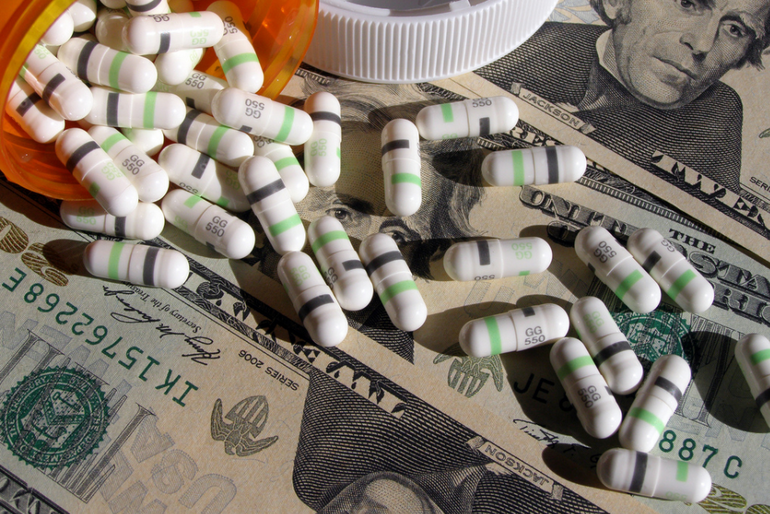Processing Your Payment
Please do not leave this page until complete. This can take a few moments.
-
News
-
Editions
-
- Lists
-
Viewpoints
-
HBJ Events
-
Event Info
- 2024 Economic Outlook Webinar Presented by: NBT Bank
- Best Places to Work in Connecticut 2024
- Top 25 Women In Business Awards 2024
- Connecticut's Family Business Awards 2024
- What's Your Story? A Small Business Giveaway 2024 Presented By: Torrington Savings Bank
- 40 Under Forty Awards 2024
- C-Suite and Lifetime Achievement Awards 2024
- Connecticut's Health Care Heroes Awards 2024
-
-
Business Calendar
-
Custom Content
- News
-
Editions
View Digital Editions
Biweekly Issues
- April 15, 2024
- April 1, 2024
- March 18, 2024
- March 4, 2024
- February 19, 2024
- February 5, 2024
- January 22, 2024
- January 8, 2024
- Dec. 11, 2023
- + More
Special Editions
- Lists
- Viewpoints
-
HBJ Events
Event Info
- View all Events
- 2024 Economic Outlook Webinar Presented by: NBT Bank
- Best Places to Work in Connecticut 2024
- Top 25 Women In Business Awards 2024
- Connecticut's Family Business Awards 2024
- What's Your Story? A Small Business Giveaway 2024 Presented By: Torrington Savings Bank
- 40 Under Forty Awards 2024
- C-Suite and Lifetime Achievement Awards 2024
- Connecticut's Health Care Heroes Awards 2024
Award Honorees
- Business Calendar
- Custom Content
QU panel probes drug pricing
 ccPixs.com | Flickr Creative Commons
ccPixs.com | Flickr Creative Commons
A recent surge in new treatments for cancer and other diseases has brought hope to patients suffering from conditions once considered a death sentence.
But with a yearly price tag often topping the six-figure mark, many patients cannot afford the life-saving therapies.
So how can policymakers and the pharmaceutical industry keep drug prices in check without squelching the innovation that brought the drugs to market in the first place?
A panel of experts tackled that thorny question Monday during a panel discussion entitled “The Price of Innovation: A Discussion on Drug Pricing in the Pharmaceutical Industry,” held at Quinnipiac University’s Center for Medicine, Nursing and Health Sciences.
“If we change the system, we don’t want to lose the innovation we have had over the last 20 years because people are benefiting,” said panelist Clement Lewin, vice president of research and development strategy at vaccine-maker Sanofi Pasteur Pharmaceuticals.
Other panelists included Joseph Ross, MD, associate professor of medicine and public health at Yale School of Medicine, and Ellen Andrews, executive director of the Connecticut Health Policy Project, which advocates for consumers.
Naveen Kumar Reddy, a fourth-year student at QU’s Frank H. Netter MD School of Medicine, said he organized the panel because he found too much of the debate focused on either demonizing the pharmaceutical industry or the federal government. “Very rarely did I find solutions that sought to unite the health care system,” he said.
While researching groundbreaking immunotherapy treatments at City of Hope Cancer Center in California, he said he was torn between his love for the science and his realization that the new drugs he was helping to create would be unaffordable for many patients.
His concerns deepened during his first years of medical school, when he went to work for an oncology practice.
“I saw patients struggling from financial toxicity and dying from their disease due to a lack of ability to pay for their therapies,” he said.
He contrasted the skyrocketing cost of drugs in the United States with prices in the United Kingdom. He said the biologic Humira, which treats rheumatoid arthritis, costs $67,000 a year in the U.S. but only $12,000 a year in the UK.
Reddy and panelists noted that the UK’s government-run health care system has the power to bargain with drug companies, something Medicare is not permitted to do in the U.S. It also has stricter patent laws that allow more competition from cheaper generics.
Lewin said in terms of innovation, “The U.S. in some ways is subsidizing everybody else” since the higher prices fetched by the new drugs in the domestic market have fueled private-sector R&D investment. Those investments have helped bring new vaccines and life-saving treatments for rare diseases and cancer to market.
“Venture capitalists invest because they expect a return,” he said.
If the drugs aren’t priced high enough to make money “people will go and invest in Uber or something else.”
I’m not saying it’s right,” he added. “It’s just that we have to work with the system [we have].”
With the cost of bringing a new drug to market ranging from $800 million to $2 billion, depending on who is doing the estimating, drug companies often justify the high price of new treatments as a way to offset the high cost of R&D.
But Andrews doesn’t accept that argument.
“When I go to buy my iPhone, I really don’t care how much Apple spent developing it,” she said.
“There has to be something different than, ‘This is what we spent on R&D. Too bad. You just have to suck it up and it’s going to cost $276,000 for your [cystic fibrosis] medication.’”
Contact Natalie Missakian at news@newhavenbiz.com

2022 Giving Guide
This special edition informs and connects businesses with nonprofit organizations that are aligned with what they care about. Each nonprofit profile provides a crisp snapshot of the organization’s mission, goals, area of service, giving and volunteer opportunities and board leadership.
Learn more
Subscribe
Hartford Business Journal provides the top coverage of news, trends, data, politics and personalities of the area’s business community. Get the news and information you need from the award-winning writers at HBJ. Don’t miss out - subscribe today.
Subscribe
2024 Book of Lists
Delivering Vital Marketplace Content and Context to Senior Decision Makers Throughout Greater Hartford and the State ... All Year Long!
Read Here-
2022 Giving Guide
This special edition informs and connects businesses with nonprofit organizations that are aligned with what they care about. Each nonprofit profile provides a crisp snapshot of the organization’s mission, goals, area of service, giving and volunteer opportunities and board leadership.
-
Subscribe
Hartford Business Journal provides the top coverage of news, trends, data, politics and personalities of the area’s business community. Get the news and information you need from the award-winning writers at HBJ. Don’t miss out - subscribe today.
-
2024 Book of Lists
Delivering Vital Marketplace Content and Context to Senior Decision Makers Throughout Greater Hartford and the State ... All Year Long!
ABOUT
ADVERTISE
NEW ENGLAND BUSINESS MEDIA SITES
No articles left
Get access now
In order to use this feature, we need some information from you. You can also login or register for a free account.
By clicking submit you are agreeing to our cookie usage and Privacy Policy
Already have an account? Login
Already have an account? Login
Want to create an account? Register
Get access now
In order to use this feature, we need some information from you. You can also login or register for a free account.
By clicking submit you are agreeing to our cookie usage and Privacy Policy
Already have an account? Login
Already have an account? Login
Want to create an account? Register






0 Comments